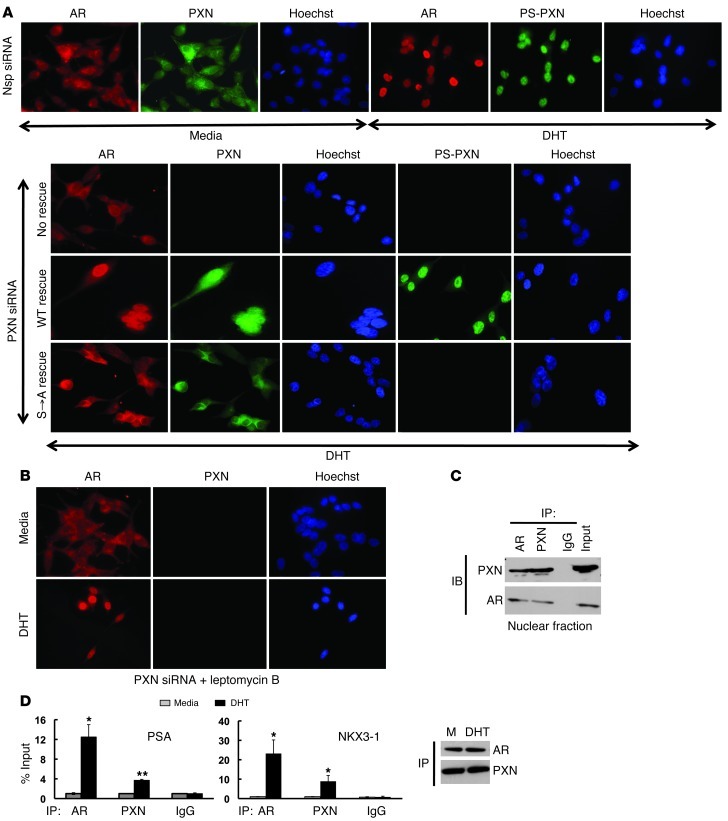Figure 2. In LNCaP cells, phosphorylated PXN maintains DHT-triggered AR nuclear localization and binds to promoter DNA.
(A) PXN is required for AR nuclear localization. Immunofluorescence of AR (red), PXN (green), or PS-PXN (green) in cells treated with Nsp or PXN siRNA, followed by medium or DHT (25 nM; 30 minutes). PXN-knockdown cells were transfected with plasmids expressing WT PXN or PXN(S→A). (B) PXN retains AR within the nucleus. Cells were treated with PXN siRNA, then leptomycin B (15 ng/ml), followed by medium or DHT (25 nM; 30 minutes) stimulation. Original magnification, ×40. (C) PXN and AR form a complex in the nucleus. AR or PXN was precipitated from nuclear extracts of DHT-treated LNCaP cells (IP), followed by immunoblotting (IB) (n = 3 with identical results). IgG represents precipitation with Nsp antibody. (D) AR and PXN bind to the PSA and NKX3-1 promoters. Cells were starved overnight; this was followed by medium or DHT (25 nM; 45 minutes) treatment and chromatin IP using antibodies against the indicated proteins (IP). IgG represents Nsp antibody. Values are represented as percentage input (mean ± SEM, n = 3). *P ≤ 0.001; **P ≤ 0.05 relative to medium.

